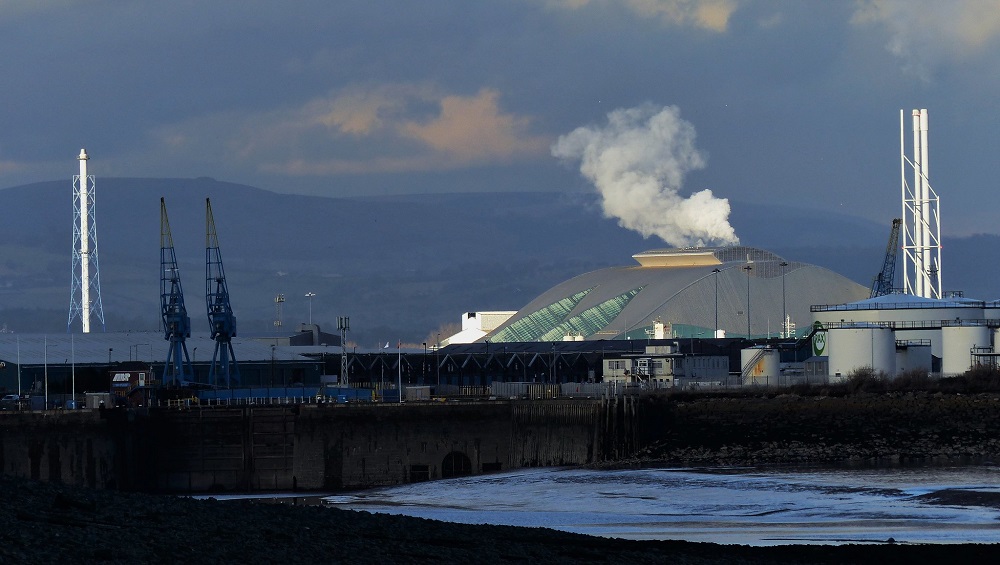Almost a third of what Cardiffians ‘recycle’ actually burned in an incinerator

Alex Seabrook, local democracy reporter
Almost a third of what residents in Cardiff put in their recycling is burned in an incinerator in Splott instead of getting recycled.
According to new figures, 30% of the rubbish put in green bags is sent to the Viridor energy-from-waste incinerator.
Cardiff council said the reason was due to residents putting the wrong rubbish in recycling bags, contaminating the materials that could otherwise be recycled.
But this raises questions about how Cardiff recycles, known as ‘co-mingling’, rather than how nearby councils recycle, known as ‘source-separation’ — which reduces contamination.
The figures were revealed in responding to a written question from Cllr Lyn Hudson, during a full council meeting on Thursday, June 24.
Cllr Michael Michael, cabinet member for clean streets, recycling and environment, said residents were putting “incorrect materials” in with their recycling.
He said: “Following the processing of co-mingled recycling at the Materials Recovery Facility, approximately 30% of the material goes to the energy from waste facility for incineration, as a result of contamination caused by residents placing incorrect materials within their co-mingled recycling.”
Co-mingling
Recycling bags, after getting picked up from people’s homes, get driven to a Materials Recovery Facility, where workers sort through the rubbish inside the bags. This includes separating everything that can be recycled from the materials that can’t.
The material that can be recycled is sold to producers who eventually turn it into new products. The domestic market however is small, and quite a lot gets sent abroad.
The material that cannot be recycled is sent to the Viridor incinerator in Splott, where it is burned to generate energy. The incinerator, which can be seen from the Eastern Bay Link road, opened in 2014 and processes 350,000 tonnes of rubbish a year, generating 250 gWh.
Environmental campaigners Extinction Rebellion last year blockaded the Viridor incinerator, raising concerns about how its emissions contribute to climate change and air pollution, as much of the rubbish it burns is made of plastic. Burning waste however diverts it from landfill.
Cardiff council still offers a recycling service to residents called ‘co-mingling’, where all rubbish that can be recycled is mixed together in a single green bag. Workers then later separate the rubbish. This method is seen to increase how much people recycle.
But many other council areas, including neighbouring Newport and the Vale of Glamorgan, have now switched to ‘source-separation’, where residents put different types of rubbish into different containers, including glass, plastic and paper. This reduces contamination rates.
Last November, council bosses said they were in the early stages of planning to roll out separate glass collections across the whole of Cardiff, following a successful trial in some areas. This sees glass bottles and jars placed in a separate container to the green bags.
Residents can reduce the risk of contaminating recycling by only putting the correct rubbish in their green bags: some plastic, paper and card, glass, cans, cardboard and aerosols. Polystyrene packing, takeaway trays, plastic bags and crisp packets shouldn’t go in.
Support our Nation today
For the price of a cup of coffee a month you can help us create an independent, not-for-profit, national news service for the people of Wales, by the people of Wales.





